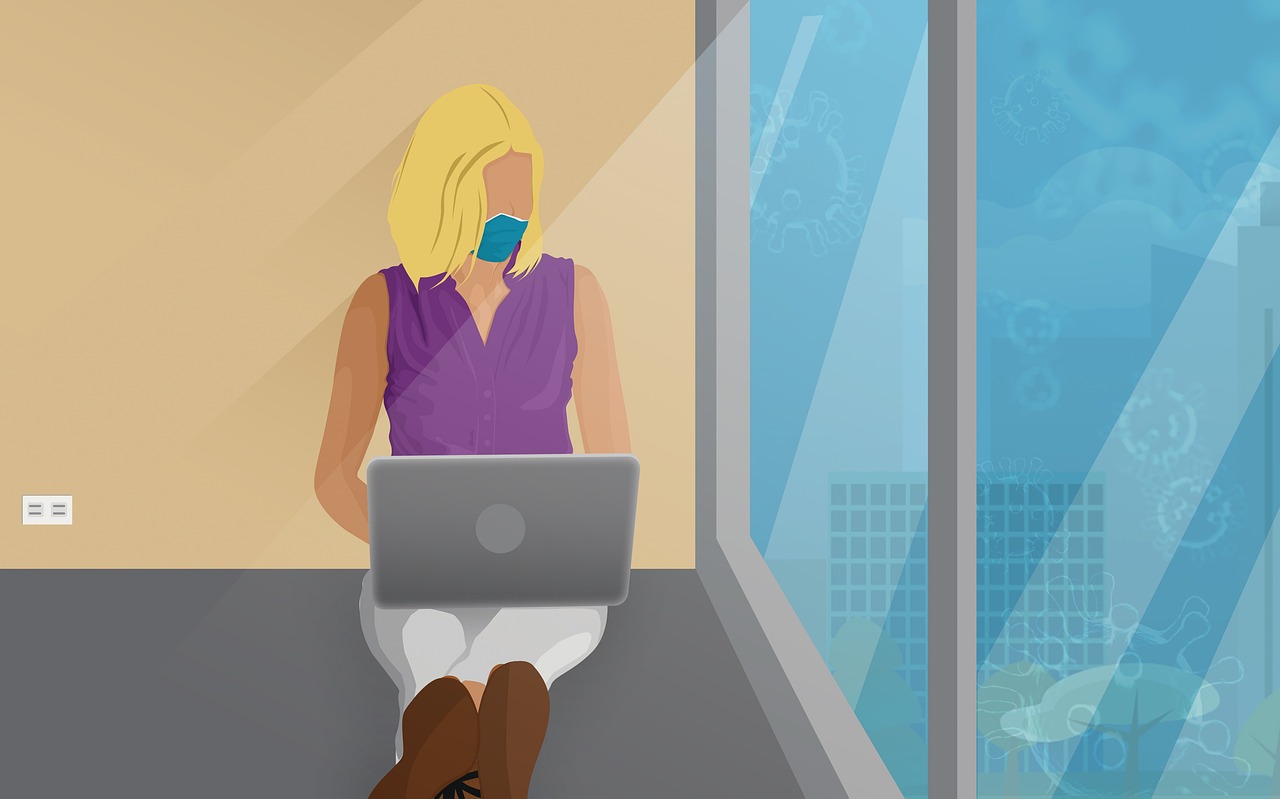#WFH: COVID Changed Everything Virtually Overnight
It is the beginning of March 2020 and the world is starting to wake up to the enormous threat of COVID-19. China is already struggling, and Italy is under siege. Up until now the United States has not really taken this threat seriously and preemptive measures have been ignored. And then it happens. High Tech announces nearly overnight that everyone is going home. The Silicon Valley and the Washington State Technology Sector will close because of the Coronavirus and the world of work as we know it will never be the same again. Microsoft sends 54,000 staff members home, Apple sends 12,000, Facebook sends 17,000, and between the three almost 83,000 workers are told not to come in on Friday, but to work from home. The offices will remain open for now but the workers are to work virtually from their homes. Workers are told to stay away from the office and all business trips are cancelled. Facebook had already closed the Seattle office when a contractor there reportedly was infected with COVID-19. Microsoft tells the San Francisco Bay area and Seattle workers to stay home. The Seattle HQ houses about 54,000 workers and approximately a third of the global staff. They agree to continue to pay hourly workers even if they cannot come to work. California is one of the few states that has remote working compliance laws. Google is asking people who can work from home to do so, and Amazon confirms that an employee at their HQ in Seattle has also tested positive for the coronavirus. The state of California issues a state of emergency. The death toll from COVID-19 in the United States increases to 15 and the number of reported cases rises to 250.
Apple retail stores remain open for now and the work from home offer is extended to most of the global organization. Facebook confirms that their offices will remain closed until at least March 9, which will eventually turn in to the rest of 2020 and probably well beyond. Microsoft has more than 80,000 workers across the country. Google urges nearly 100,000 across the U.S. and Canada to work remotely. Amazon gives the green light for more than 50,000 to work remotely. High Tech focuses on the health and welfare of their workers with the confidence that remote work is not only possible, but they are well prepared for the proposition.
Public health officials are recommending that large gatherings be minimized, and the phrase “social distancing” enters our vocabulary. The fear of spreading COVID-19 and health concerns for team members and their families causes us to take drastic measures to “flatten the curve.” Employees, except those critical to security and safety, are told to work remotely. It will not be long before other sectors will follow suit and entire states and most of the economy will essentially close. Nothing like anything we have seen in our lifetimes, COVID-19 will close everything except essential businesses and create a new way of looking at work that has been possible but resisted for years.
Since the world went 4G in 2011, working from home has been more than possible for much of the economy. Many people work with computers all day, and as the technology has evolved both synchronous and asynchronous platforms made connections to the remote workplace better and more accessible. Video chat platforms are everywhere and the ability to meet and conduct business is convenient and easy. Then, in 2020, the resistance to working from home changed overnight. Issues of trust, control and influence were transformed by the necessity to keep people safe. Those who could work from home did it.
It started with large employers in the sector that was the readiest to go: Large tech companies that had the equipment, the portals, the cloud, and the connectivity led the way to the remote workplace. For many employees, working from home (#WFH) was an alternative to not safe for work (#NSFW). How workers conducted their daily affairs was not all that different. The companies had set up a portal so that once workers signed into their computers, the office looked pretty much the same. Then the remote work offer got extended. Microsoft decided that anyone worldwide who could work from home really needed to do so. Everyone was to stay home until at least March 25th. To make the workplace safer for everyone, those people who had to go into the office would continue to go to their work locations, but the offices would be sanitized, and government guidelines would be followed. No one was heading back to the office anytime soon!
#AI@Work, #WFH, #RemoteWork, #WorkFromHome, #BobbeGB, #BobbeBaggio, #ThePajamaEffect, #Touchpoints, #Virtual Workplace, #Work From Home #PJEffect, #LinkedInNewsLive





